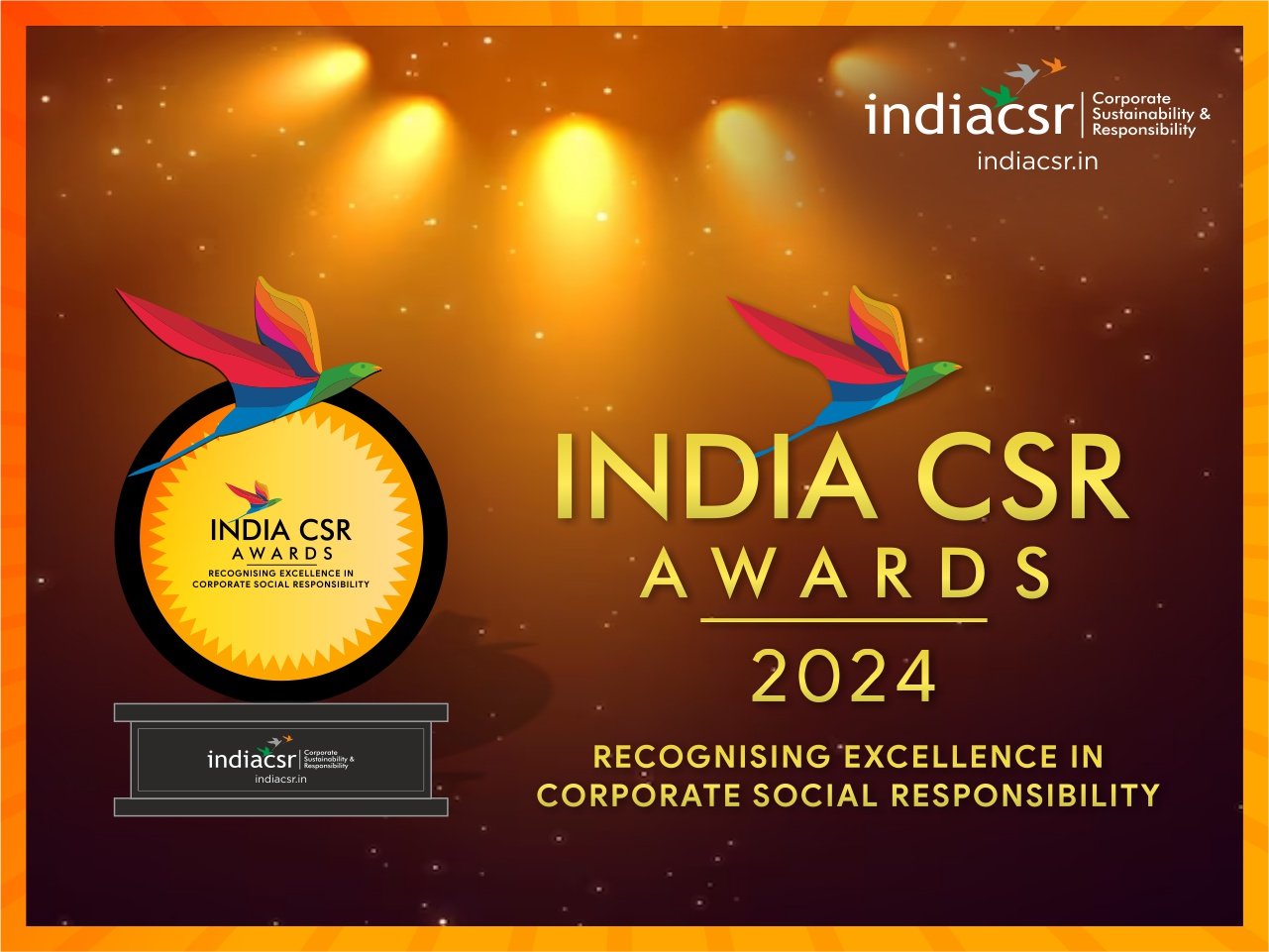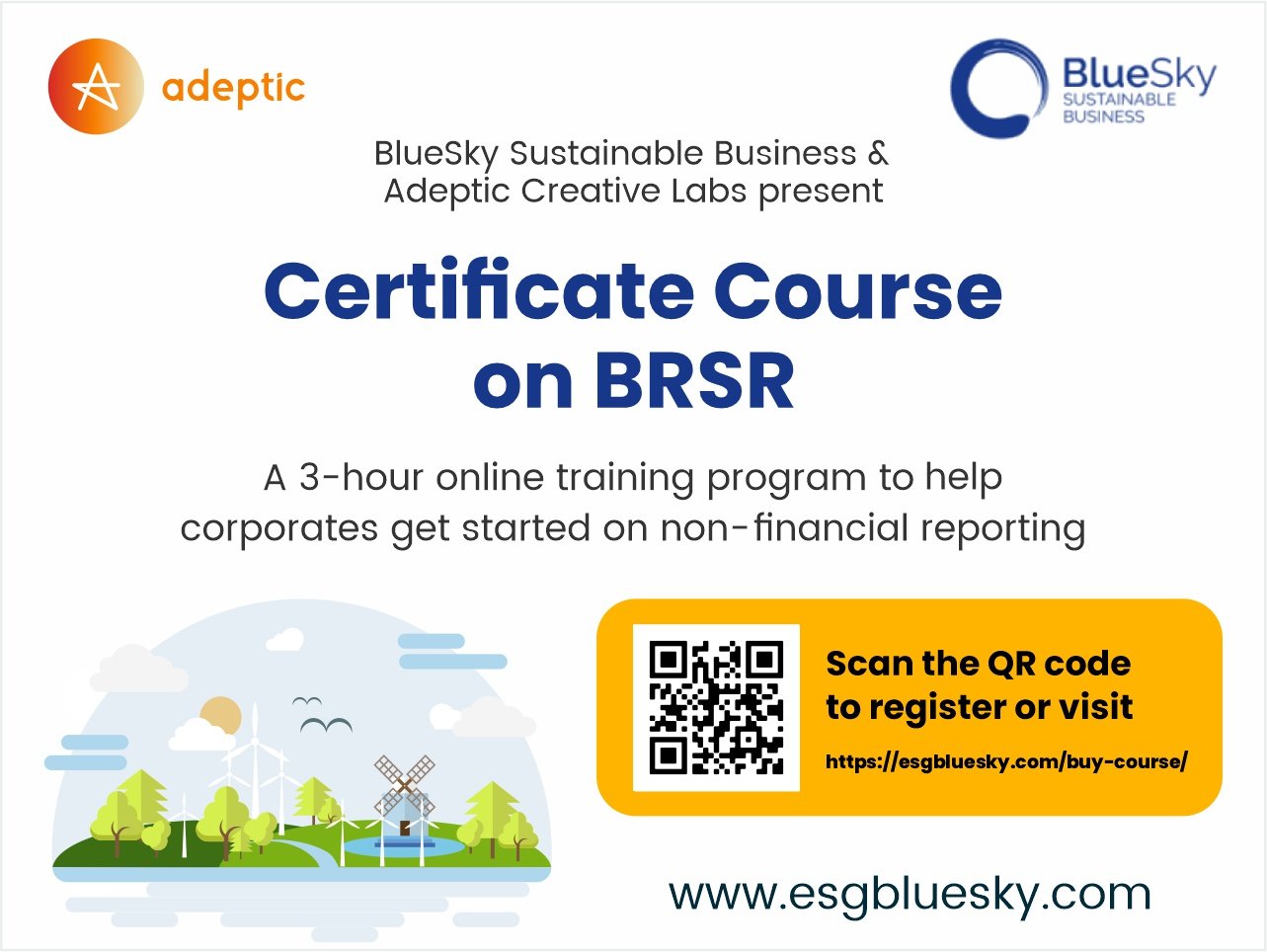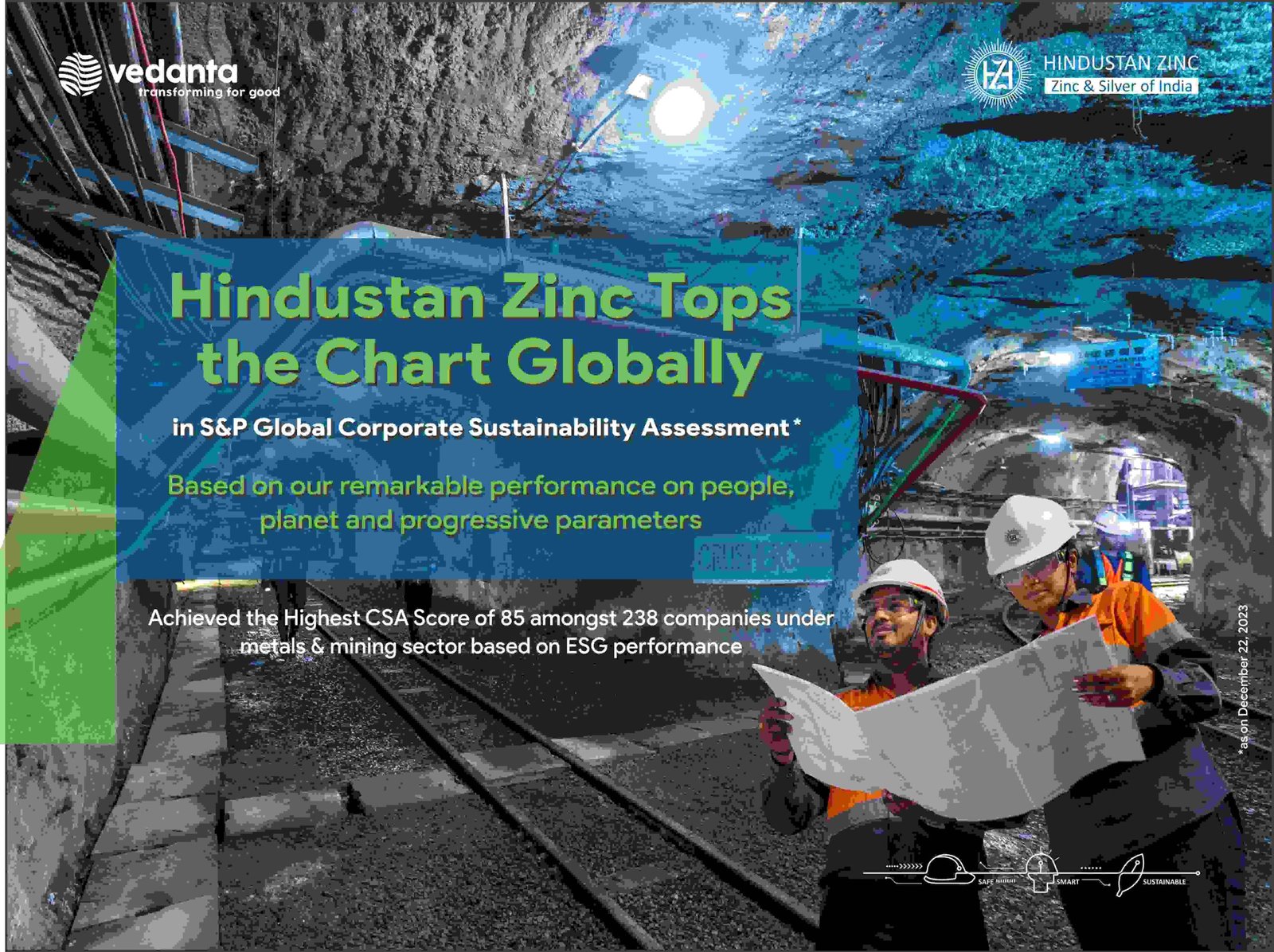A Step by step guide to developing corporate sustainability programs
By Thomas Chacko
Sustainability is almost a catch-word in board rooms across the world. There seems to be much literature written on the benefits, the technology behind the scenes, and the strategic view of the future on becoming a sustainable enterprise. However there is little literature explaining the basic question faced by management: How? – What are the basic steps to embark on this journey? This article is written to illuminate the basic steps needed to help with the practical implementation of a sustainability program in an enterprise. This document provides an overview of the process.
 Business Sustainability ensures that corporations are supporting the society, taking care of the environment and at the same time being profitable in business activities. The idea is not to focus only on finances/profitability, but also give back to society and the environment. Sustainable enterprises aim to follow a triple bottom line principle, where there is a win-win situation between people, planet and profits. All three aspects are equally measured.
Business Sustainability ensures that corporations are supporting the society, taking care of the environment and at the same time being profitable in business activities. The idea is not to focus only on finances/profitability, but also give back to society and the environment. Sustainable enterprises aim to follow a triple bottom line principle, where there is a win-win situation between people, planet and profits. All three aspects are equally measured.
Step by Step directions for developing a sustainable strategy program
There are several advocates of business sustainability strategy that have recommended various methodologies to develop strategies at the enterprise level. This article has been written based on years of dealing with Corporate Sustainability as a key strategic driver. It also includes insights from leading practices introduced by various thought leaders, environmentalists, and strategy professionals from various industries. The key sources of this insight include sustainability related publications, top sustainability consulting organizations, reputed universities, and government organizations.
There are gradual steps in developing a sustainable business strategy. All or most of the top sustainable companies ranked in the Global 100 (2014) by Corporate Knights, like Westpac, Biogen-Idec, Addidas, Statoil, started small and gone on to become some of the most sustainability driven companies in the world. For them and most organizations, following a systematic methodology for embracing sustainability as part of enterprise strategy is the key.
The following steps will help in understanding an overview of what it takes to practically implement a sustainability program within an enterprise.
The Initiation
Current market pressures for an enterprise to follow the sustainable path have top management contemplating green issues and the need for becoming a sustainable enterprise. The idea to ‘go green’ usually originates from departments like production, supply chain and facilities and engineering. These departments are also the main source of effluents and cash expenditure in an enterprise.
For instance, the supply chain department depends on various modes of transportation leading to increase in the carbon footprint; similarly the facilities and engineering and production functions would consume an abundance of natural resources and power.
Key stakeholder buy-in
Irrespective of the initiator, any company that wants to develop a corporate sustainability strategy needs to get the company management buy-in (if not proposed by members of the management). This is quite important as they are ultimately accountable for all the initiatives that lead to the advancement of the company in the industry and market place. They are also the ones who manage the disposition of funds and most interested in the financial benefits of corporate planning.
In order for sustainability initiatives to be successful, the company should also take into account the concerns and interests of the external stakeholders like suppliers, partners, investors, customers, industry associations and most of all the government. Equally or more important is the participation of the employees, who would / need to be actively involved on the ground for making the enterprise sustainable. The company is made up of the people working in it, in various departments and functions and they need to buy-in to and be the implementers of the initiatives.
Build a sustainability team
Create a team of interested people; try to have representation from all the departments and functions of the company. At the outset the team could initially function informally; but eventually the sustainability team needs to be made a formal structure / team. The team could have co-located employees or have virtual members from other geographic locations of the company.
The sustainability team needs to be constituted ideally from all functions of the organization so different perspectives of the company’s functioning are taken into account in contributing issues and ideas. Assign a leader and entrust members with task responsibilities to manage and undertake activities. Once the team is formed, the members must be trained in the key concepts of sustainability by the leader or an external trainer, and the team needs to define a unified definition of business sustainability.
Educate the stakeholders
Provide the training to the team and other the interested employees; employee support is the key to undertaking sustainability initiatives. Aware and engaged employees encourage the adoption of sustainability within the company. The employees must be encouraged to address any issue when it arises.
The team also needs to employ measures to educate the external stakeholders like industry partners, suppliers, shareholders, the general public and the board of directors. It’s quite important for the enterprise to inform their customers and the market of their perseverance to be a sustainable enterprise. It helps in increasing the brand equity of the enterprise and also helps in attracting likeminded customers and suppliers. Creating a new sustainability page on the company’s website is the best way to educated and inform the outside world of the sustainability initiatives.
Formulate a corporate sustainability strategy
Creating a sustainability strategy would involve analyzing the company’s current actions and activities; how far has the company matured in being a sustainable enterprise. One could categorize the enterprise into different phases of maturity .i.e. from regulatory compliance stage, where the enterprise adheres to the legal and regulatory laws of the country to optimizing efficiency and cost and finally to using corporate sustainability as a growth platform in the industry, by entering new market segments, and generating more revenues.
The next step is to investigate and measure how the company is operating according to the sustainability definition; what is being done currently; and then brainstorm on what could be further done to make the organization more sustainable. The decisions must consider the industry in which the enterprise is operating in, the trade-off between going green and cost efficiencies, and other strategic factors.
Furthermore the enterprise needs to analyses the strengths of the company in terms of support from the top management and the stakeholders, the existing Corporate Social Responsibility (CSR) and green policies or favorable environment friendly products or services etc. It may be that the enterprise is in an industry that promotes environmental sustainability.
Weaknesses can also hamper the move towards corporate sustainability, which could be factors like organizational hierarchy, overseas suppliers (thus increasing the carbon footprint), operating in an industry which has the disposition to release a lot of effluents during conversion of raw materials, etc. However if the opportunities, that could be gained by being a more sustainable company, outweigh the risks, then it’s something that needs to be considered. Therefore an Opportunity/Risk assessment has to done as a part of the strategy formulation.
Draft a memorandum of agreement detailing the plans, actions and values of the enterprise; specifically towards the sustainability effort. The document should contain the direction, objectives and the goals of what the enterprise is aiming towards.
Identify and measure Key Performance Indicators (KPIs)
Key Performance Indicators (KPIs) are used to measure the progress of the program. While creating KPIs, the frequency of measurement must also be defined, e.g. a KPI could be measured monthly, quarterly, half yearly or annually.
KPIs are important as, it can be tracked and measured against a goal. The KPIs will provide the measurements to compare against benchmarks. For this the team needs to research and find already available benchmarks based on sustainability. The KPIs can be measured against these benchmarks to determine the performance of the sustainability KPIs. The KPIs should be chosen according to the impact they have on the functioning of the operations and at the same time be measurable. The business should also be diligent in selecting KPIs that are industry specific and closely related to the goals and key strategies of the business. To conclude “What cannot be measured cannot be managed.”
Some of the obvious examples of environmental KPIs are the reduction of water, energy, waste and CO2. And other examples could be recycling, employing renewable energy, sustainable procurement etc.
Prioritize Initiatives
Look for quick wins, start with the work environment e.g. how to reduce paper consumption in the workplace, how to reduce the usage of electricity, water etc. These small initiatives will help jump start the sustainability initiative and provide the team with encouragement. The larger aspects related to environmental pollution could be discussed later, once the team has learned to get a grip on defining a plan to solve the small problems.
List and prioritize the sustainability initiatives according to the enterprise’s priorities and goals; the team should take into account the short, medium and long term strategic direction. The team should consider several conditions, pertaining to the industry in which the company is operating, the current supply chain operations, production process, employee engagement, government regulations, voluntary standards adopted by the company / industry. Finally divide the team to work on the initiatives according to the priorities.
Continue building awareness
Keep promoting the concept throughout the organization, the more people know of it, the more successful will be the program. It’s important to spread the word to the outside world through reports, new letters, events, relevant sponsorships etc. One of the best methods to spread the word is to create a company webpage dedicated to Sustainability. The sustainability webpage should have the news articles of initiatives undertaken, in the company and the society. This will give a chance for customers to provide suggestions on their opinions of how the products or services could be made more sustainable or provide ideas for new sustainable products from the market perspective.
As a conclusion, I’d like to end the article with some inspiring quotes that should encourage executives to incorporate sustainability into corporate strategy planning:
“Creating a strong business and building a better world are not conflicting goals – they are both essential ingredients for long-term success.” – William Clay Ford Jr. Executive Chairman, Ford Motor Company.
“We owe it to ourselves and to the next generation to conserve the environment so that we can bequeath our children a sustainable world that benefits all.” – Wangari Maathai, the founder of the Green Belt Movement, 2004 Nobel Peace Prize Laureate
“Sustainable development is a fundamental break that’s going to reshuffle the entire deck. There are companies today that are going to dominate in the future simply because they understand that.” – Francois-Henri Pinault, CEO of Kering a luxury conglomerate that owns Gucci, Yves St. Laurent and Bottega Veneta
About the Author
Thomas Chacko, is a senior consultant at IBM GBS. He has been involved in several sustainability projects, and also published an article on the topic. (http://www.cxotoday.com/story/the-sustainability-factor-in-indian-businesses)
Disclaimer
The article is written on the basis of my experience working in the field of sustainably. The insights and ideas in this article do not necessarily reflect IBM’s views.
(Image Source: https://encrypted-tbn3.gstatic.com)




























